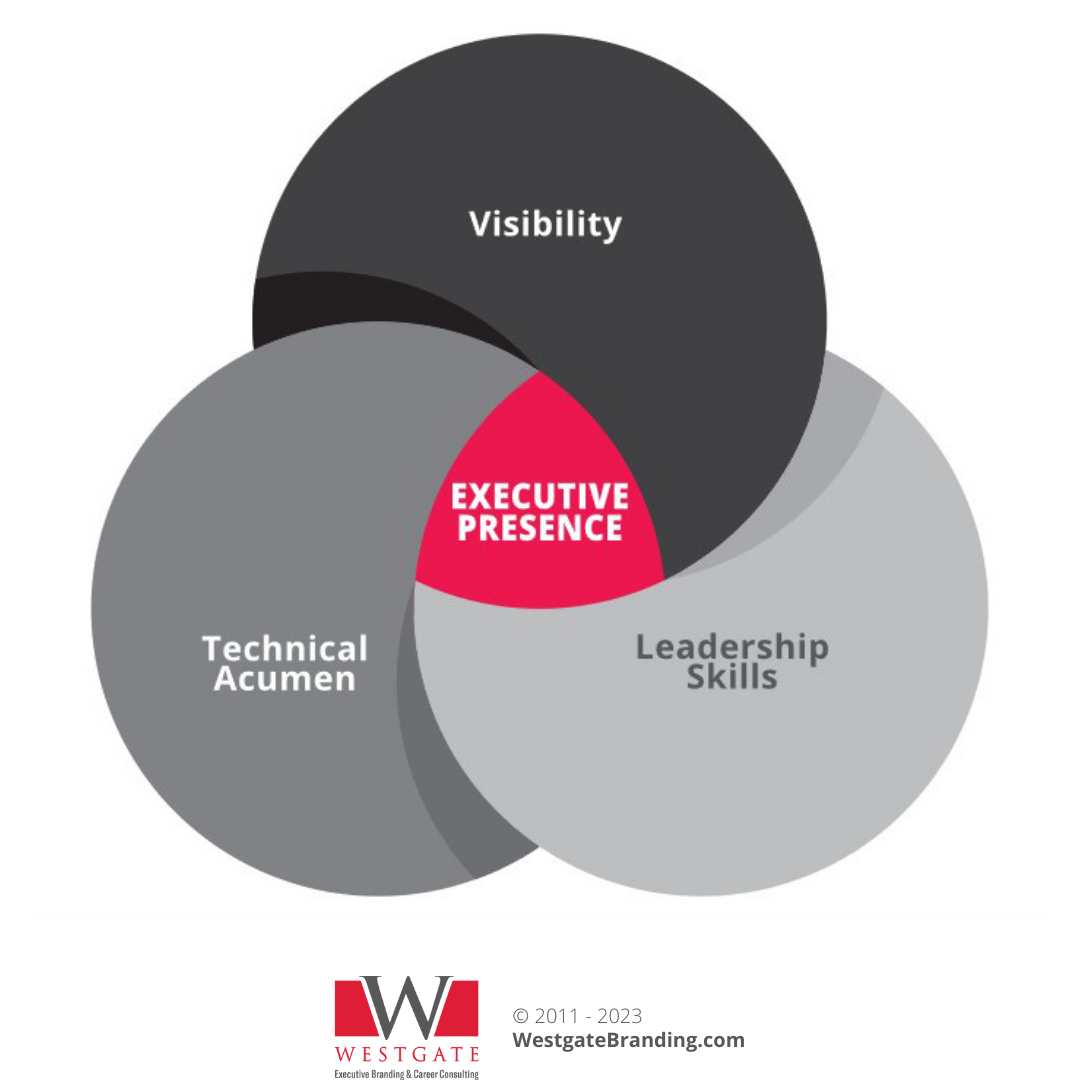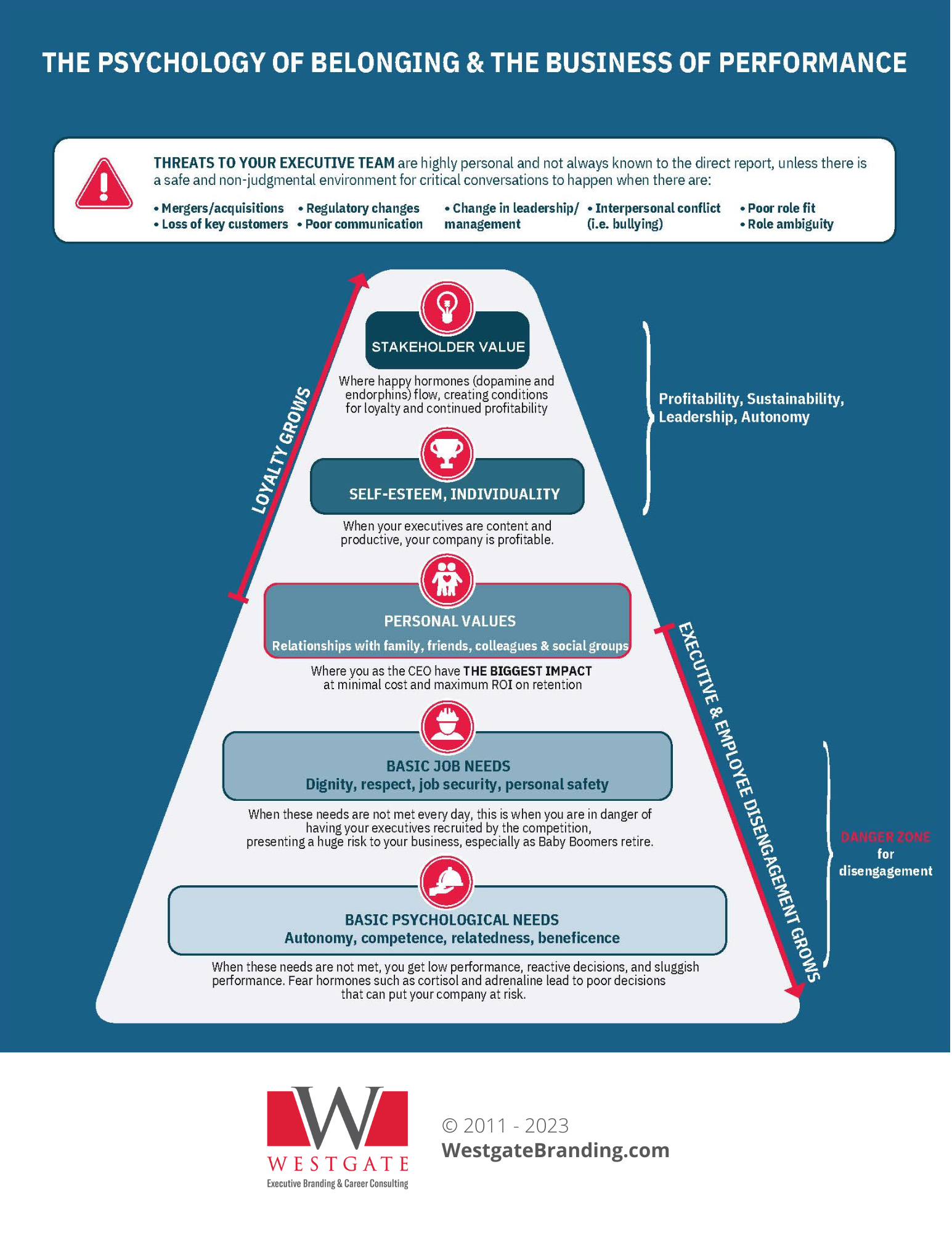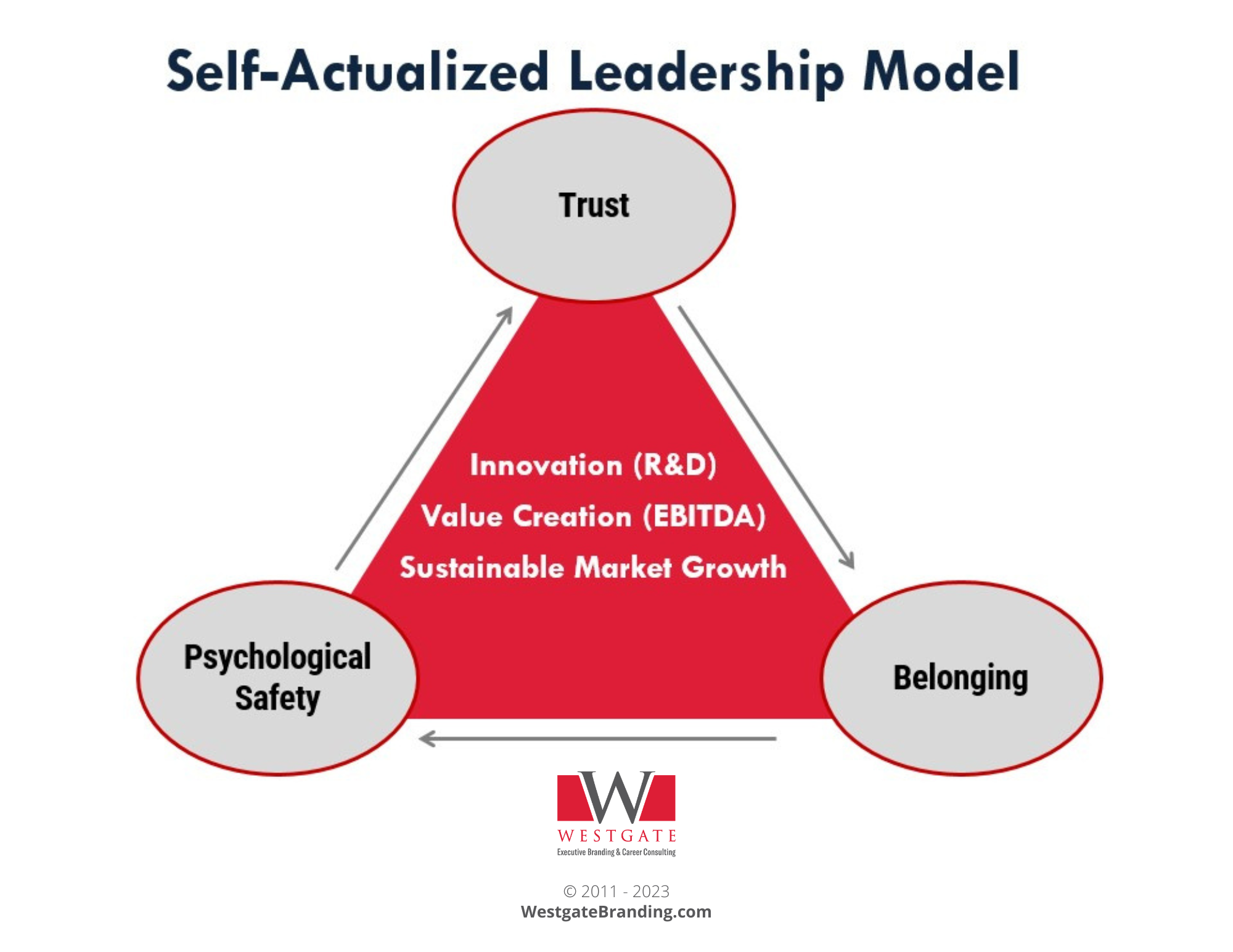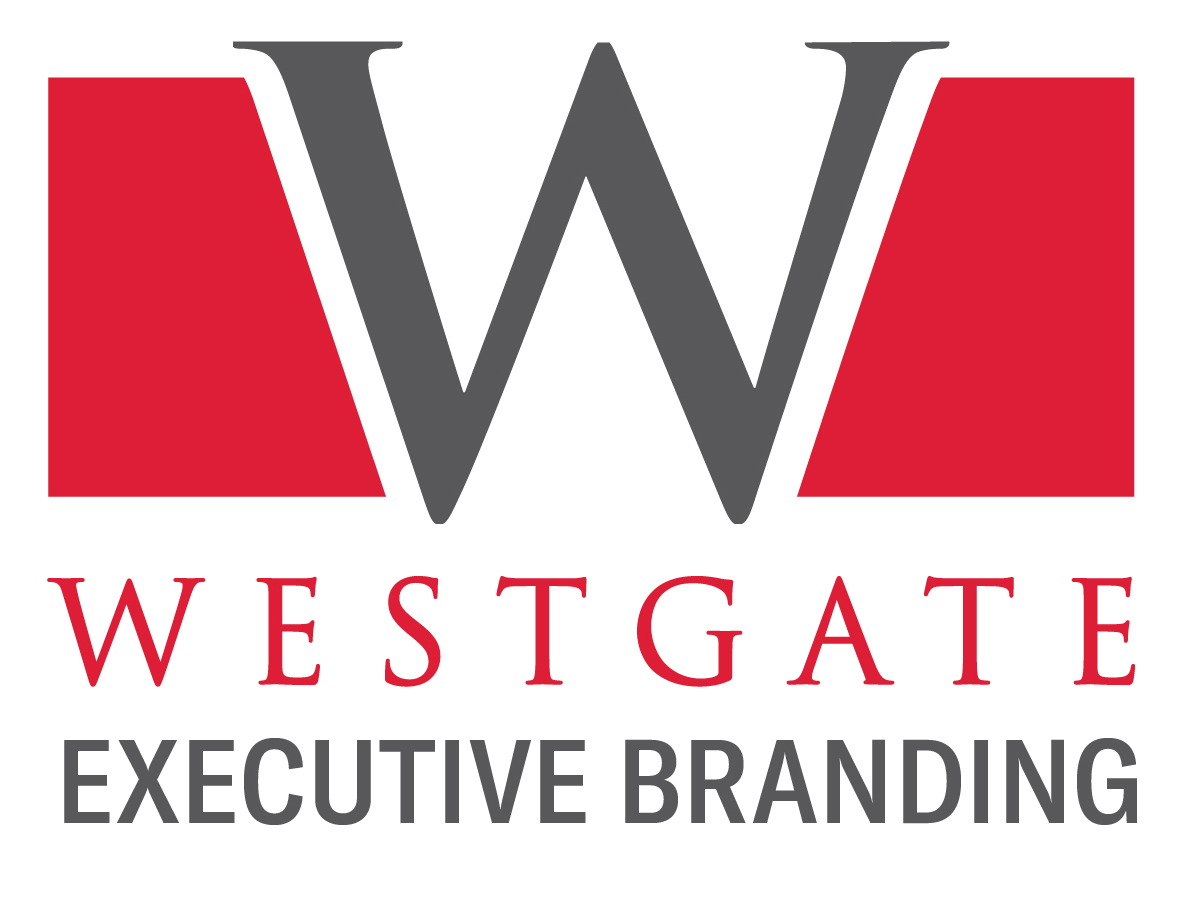Planning organizational change through leadership optimization
Leadership optimization is a highly personalized communications strategy that helps leaders become more effective at timely decision-making and relationship building at higher levels. It is less operational focused and is designed to raise visibility and credibility with targeted audiences when business transformation is required.
Business transformation may include targeting new markets, bringing on a new institutional investor, or repositioning a business for success. Of course, there are many other reasons for transformation.
At this level as an organizational leader, negotiator, and representative, your public relationships are key to unlocking capacity and growth for your firm. Working with institutional investors, government regulators, industry think tanks, and the media, your intention must be to focus on consistent and authentic messaging across business ecosystems to build credibility with your intended audiences.
The firm’s reputation is a valuable asset to be protected through leadership optimization.
Leadership performance optimization is most effective when it is values-aligned and authentic to you and your firm. Your persona is based on your personal core values which must be strategically aligned with your firm, your investors, and your market. Despite the variations in management and leadership styles across geopolitical markets, and across the generations, your core messaging incorporates a golden thread of consistent truth.
The golden thread will produce confidence in the face of an organizational crisis, market volatility, and the success you build for your organization. Performance optimization helps to build your legacy as a leader. While the organizations you serve, the boards you lead, and the teams you build will differ, your personal brand remains consistent over time.
Newly appointed CEOs (CEO is a proxy for any organizational leader in charge of P&L and who reports to senior-level decision-makers, such as a board of directors, family office, private equity firm, or business owners) must recalibrate their business relationships. There is much at stake, and the ability to negotiate with CEOs of other firms is pivotal to success, especially when there is a timeline that must be followed.
The new CEO must garner the attention of the CEOs of other firms, institutional investors, suppliers, and other stakeholders. Positioning the CEO for a place at the table is the function of leadership optimization and personal branding so that opportunities are not lost, and opportunity cost is reduced through a direct line to the negotiating table. Advanced networking strategies (see figure 2) open the right doors and set the table for important conversations.
What is leadership development?
According to Gartner, “Leadership development is a set of activities that prepare current and future leaders to perform effectively in their roles.
Leadership development enables employees to improve their skills in areas such as:
- Decision making
- Project management
- Strategy
- Network building
- Team management
- Innovation
- Coaching and developing others”
At this level, technical and leadership acumen is assumed. After decades of building leadership acumen, such as developing teams, divisions, global offices, satellite offices, and massive growth, these skills are honed. What’s required at this level is leadership optimization through personal branding, which supports market visibility. Optimization has an outward focus and is less operational.

(Figure 1)
Navigating the external business landscape (self-awareness and soft skills)
How do you want to be regarded by your firm, your investors, your peers, and your clients? There is often a difference between self-perception and the perception of others in a business ecosystem.
One of the sharpest scalpels in our toolkit is the 360Reach Assessment, which is not a competency-based assessment but an assessment of your reputation. How we want to be seen and how we are seen by others often differs. How you are seen and how your firm wants you to be seen may also differ and uncovering the gap in these perceptions is the first step in creating messaging and positioning that will authentically resonate with your core audience.
This is how trust is built.
Typically, what we’ve seen over the years is that leaders often underestimate their personal impact on others
... including clients, strategic partners, and investors. Often minor adjustments in the soft approach we take toward others can improve trust and deepen cooperation. There are times when the offering is perfect, and the investment is a foregone conclusion (according to our experience with the other side) and then there is a deafening silence when the deal falls through.
A slight nuance in the words used or approach may have broken the deal, which felt imminent, someone felt slighted -- or threatened.
Having to explain the broken deal is not a conversation anyone wants to have with the board.

(Figure 2)
Quality decision-making:
Delaying an important decision has an opportunity cost to your firm and may lead to procrastination. Timing in certain negotiations can impact outcomes and what we have observed in our practice is that uncertainty in both positioning your value proposition and messaging can impact outcomes.
Organizational integrity:
I recently authored a section in an insightful article; “Examples of Self-Actualization Needs” that delves into the profound connection among organizational integrity, employee self-actualization, and overall business success.
Experts and professionals alike highlighted the pivotal role played by high-integrity companies in not only thriving themselves, but also fostering an environment conducive to personal growth, innovation, and resilience.
Here are my thoughts …
- While in Vancouver, Canada, at a conference, I got stuck in an elevator with 11 other people I didn’t know for more than 65 minutes. My room was on the 22nd floor, and I did not feel safe!
- Maslow’s hierarchy of needs reminds me of an elevator because to get to the top floor, where self-actualization manifests, you must travel through the other floors.
- Physical safety, psychological safety, belonging, and recognition are all fundamental human needs and must be met before traveling to the top floor, where self-actualization is located.
- Similar to an elevator, Maslow’s hierarchy of needs constantly moves up and down. You’re the passenger and getting to the top floor (via the elevator) is determined by whether your safety needs are met at each level.
And they fold neatly into the following categories:
- Establishing trust at the executive and board level for optimal decision-making.
- Recognizing the achievements and efforts of others to engender inclusiveness for optimal motivation.
- Creating a culture of belonging generates safety and loyalty for optimal engagement.
By placing unwavering emphasis on trust, recognition, and belonging at the C-level, organizations can engender an environment where self-actualization flourishes, spurring creativity, innovation, and organizational achievement to protect stakeholders’ investments and interests.

(Figure 3)
Case Study:
I spoke with the CEO of an international manufacturing company today in the metal fabrication sector. Here is what he said about employee loyalty:
“We must take care of our people, especially the hourly employees. When there are budget cuts, we must preserve the wages and benefits of our workforce because this will demonstrate leadership’s appreciation for the workforce, which will be rewarded by loyalty and low employee turnover.”
Additionally, what fosters continued loyalty is when organizations regularly communicate defined goals with specific metrics. He said in his experience most people are goal driven and when they have a specific metric to achieve, they will do their best to achieve it, sometimes against all odds.
People need a purpose. Give it to them.
To learn more about Westgate’s bespoke program, click the button below.
Delivering results to stakeholders
Authentic visibility* is the cornerstone of effective personal branding at the individual level as well as at the enterprise level. Through visibility practices, the CEO assumes the position as the primary brand ambassador for the business. Bespoke market-facing personal branding and messaging strategies articulate the enterprise’s value proposition(s) to the marketplace.
Capturing value through clear messaging brings clarity to the business leader and his, her, or their team. Clarity brings confidence to the communications strategy and narrative with regulators, suppliers, media, investors, shareholders, customers, employees, and the entire business ecosystem. It builds trust. Trust opens the door to conversations, deal flow, closed deals, and successful returns.
Optimizing leadership performance with a proven model and toolkit
At Westgate, we believe that by building trust, recognition, and a sense of belonging at the C-level, organizations can engender an environment where self-actualization flourishes, spurring creativity, innovation, and organizational achievement to protect stakeholders’ investments and interests.
Helping the board of directors and their CEOs deliver results for stakeholders is our vision for serving our clients. Our clients are organizations with an impeccable reputation and ethical business practices.
We understand the challenges faced by leaders. Our C-Suite Optimization program (CSOP) equips CEOs with customized strategies necessary to navigate complexity and optimize leadership performance especially during transitions requiring a market-facing communications strategy.
For more information on the benefits of leadership optimization, refer to these curated resources:
- Optimizing Leadership with the Extroverted CEO
- Optimizing Leadership with the High-Driving CEO
- 51 Personal Branding Strategies for New and Aspiring CEOs
- Personal Branding in 2023: The Reputation Report
*Authentic visibility is the process of developing key personal messages that are founded in personal values and that are aligned or calibrated with the organization’s values.
Learn about the possibilities with Westgate. We are a 100% independent global boutique professional services firm serving values-aligned private equity firms, their portfolio companies, and family offices worldwide.
For information on our programs and services, contact us at: brenna@westgatebranding.com.

